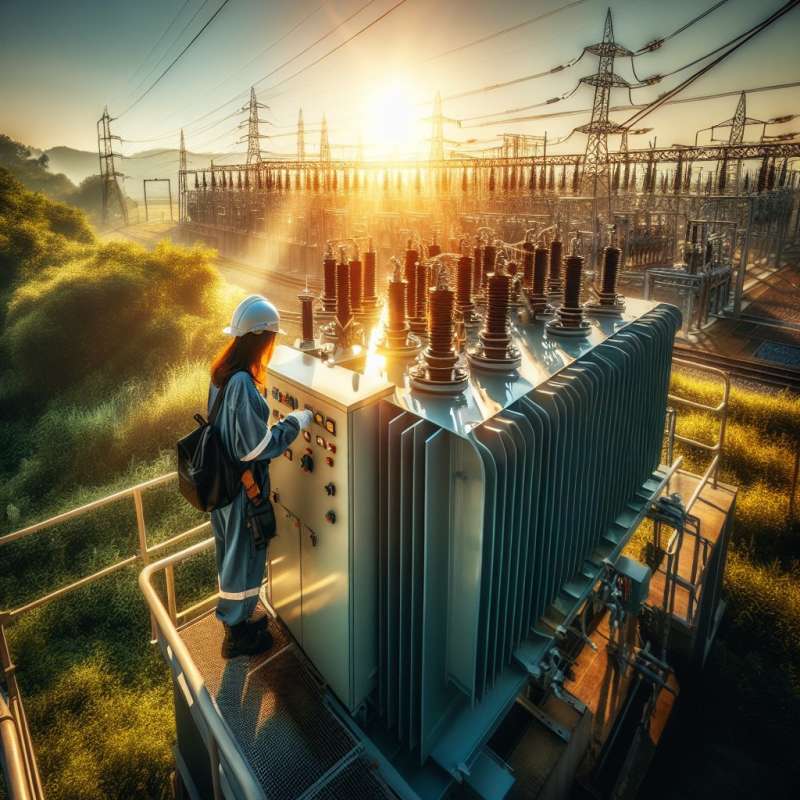
Introduction to Balance of Plant
The term 'Balance of Plant' (BoP) encompasses all supporting components and auxiliary systems of a power plant that help generate energy efficiently. It excludes the main power-generating unit.
BoP's Crucial Significance
BoP is essential for the plant's operational integrity, safety, and efficiency. It includes systems like cooling, exhaust, fuel handling, and emissions control. BoP can account for 20-40% of the total investment.
Cooling Systems Importance
The cooling system, a major BoP component, ensures optimal temperature control, crucial for machinery efficiency and longevity. Different types use air, water, or a combination to manage heat.
Electrical Infrastructure Role
Electrical infrastructure within BoP distributes power internally and connects the plant to the grid. It includes transformers, switchgear, and controls, crucial for reliable plant operation.
Emissions Control Systems
BoP's emissions controls are pivotal for environmental compliance. Technologies like flue gas desulfurization, selective catalytic reduction, and particulate filters reduce pollutants significantly.
BoP in Renewable Energy
In renewable plants, BoP includes components like inverters and battery storage. For wind energy, it incorporates the tower, nacelle, and rotor blades, fundamental for the turbines' proper functioning.
Future BoP Innovations
Advancements in BoP focus on increasing efficiency and reducing costs. Innovations like smart sensors and predictive maintenance are revolutionizing plant management, optimizing performance, and extending asset life.
What does BoP exclude in power plants?
Main power-generating unit
Emissions control technologies
Cooling and exhaust systems
Company